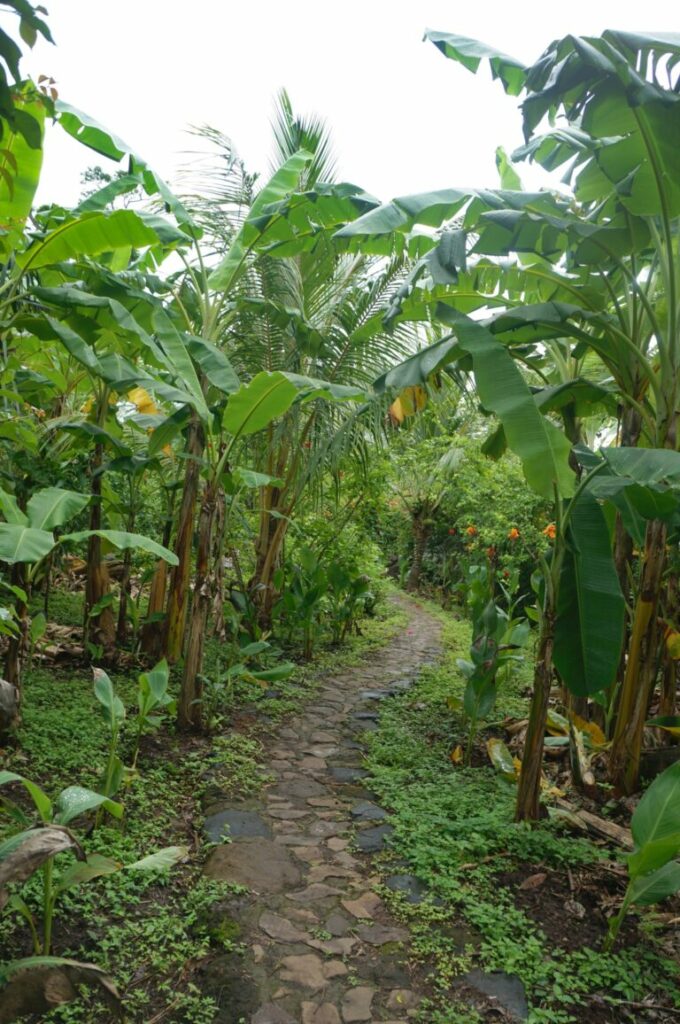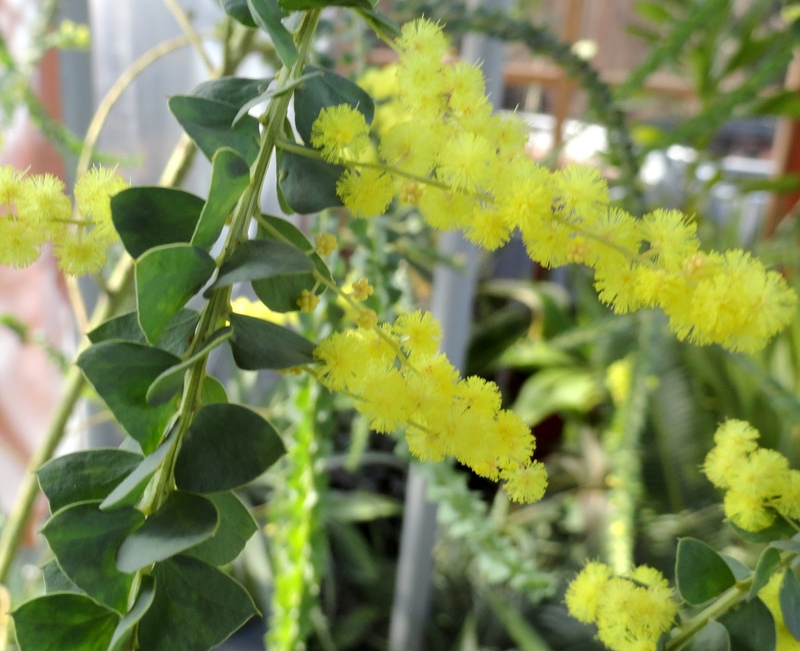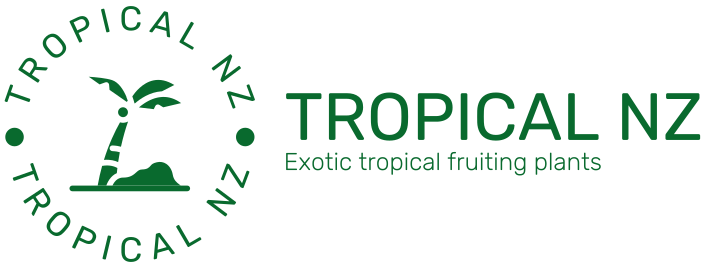Give your exotic tropicals the environment they deserve! Food forests are a key component of permaculture, a sustainable agricultural design system that seeks to emulate the natural ecosystems found in nature. Essentially, a food forest is a carefully planned and planted system of trees, shrubs, and other plants that work together to produce food in a way that mimics the structure and function of a natural forest. Unlike a conventional row-based orchard, where trees are planted in straight lines with large spaces in between them, a food forest is a dense, layered, and diverse system that can support a wide variety of edible plants, including those that thrive in tropical environments like bananas, papayas, and mangos.

One of the key benefits of a food forest is that it creates an environment that is conducive to the growth of tropical plants. By planting a variety of trees and shrubs at different heights and densities, a food forest can create dappled light similar to that found in a jungle, which is ideal for many tropical plants. The canopy layer of a food forest consists of tall trees that provide shade and protection from the sun, while the understory layer consists of smaller trees, shrubs, and bushes that provide additional shade and support. The ground layer consists of low-growing plants, such as herbs, ground covers, and root crops, that help to stabilize the soil and provide additional nutrients to the system.
Another benefit of a food forest is that it can provide a diverse range of edible crops throughout the year. Unlike a conventional orchard, which typically produces only one or two types of fruit in a given season, a food forest can produce a variety of fruits, nuts, berries, and vegetables at different times throughout the year. This is because the different layers of a food forest have different growth patterns and produce at different times.

In addition to providing food, a food forest can also provide a range of other benefits. By creating a diverse and resilient ecosystem, a food forest can help to improve soil health, increase biodiversity, and provide habitat for a range of beneficial insects and wildlife. It can also help to mitigate climate change by sequestering carbon in the soil and biomass.
So there we have it. A food forest is a highly productive and sustainable system that can provide a wide range of benefits to both the environment and the people who tend it. You don’t need to plant in rows with large spaces between your plants in a home garden situation. Grow more in less space with a food forest.
A food forest in subtropical areas of New Zealand could contain a diverse range of edible plants that thrive in warm, humid conditions. Here are some examples of what a food forest in this region might contain:
- Avocado: A popular fruit tree that produces delicious, creamy fruit that is high in healthy fats.
- Banana: A fast-growing tropical plant that produces large bunches of sweet, nutritious fruit.
- Papaya: A fast-growing tree that produces sweet, juicy fruit that is high in vitamin C and other nutrients.
- Jackfruit: A large tropical fruit that is rich in nutrients and has a meaty texture that is often used as a vegan meat substitute.
- Monstera deliciosa: A tropical vine that produces large, exotic-looking leaves and edible fruit that tastes like a combination of pineapple and banana.
- Mulberry: A deciduous tree that produces sweet, juicy berries that are high in antioxidants.
- Lucuma: A subtropical fruit tree that produces sweet, aromatic fruit that is often used in desserts and smoothies.
- Jaboticaba: A slow-growing, evergreen tree that produces small, grape-like fruit with a sweet, tangy flavour.
- Fig: A hardy fruit tree that produces sweet, juicy fruit that can be eaten fresh or dried.
- Guaviyu: A small, evergreen tree that produces sweet, tart fruit that is high in vitamin C and antioxidants.
- Brazilian cherry: A small, evergreen tree that produces sweet, juicy fruit that is high in vitamin C and other nutrients.
- Tropical apricot: A small, deciduous tree that produces sweet, aromatic fruit that is similar to apricots.
- Finger lime: A small, thorny tree that produces tiny, elongated fruit with a tangy, citrusy flavour.
- Tropical guava: A small fruit tree that produces sweet, tangy fruit that is high in antioxidants and vitamin C.
- Inga bean. This is an excellent source of food, but it is also a nitrogen fixing pioneer species that adds fertility to the soil.
Don’t forget the support species that will create the initial canopy and add fertility to the system. In subtropical areas of NZ (East Cape, Western Bay of Plenty, Auckland, Northland), the best support species we have found is oven’s wattle (Acacia pravissima).

Acacia pravissima is a woody shrub/ tree that grows up to 4m in height, it does well on heavy clay soils and is great for a subtropical forest garden situation. it is light and airy and can easily grow anywhere around heavy feeders, fix nitrogen, be chopped and dropped and also have flowers that feed the native and other beneficial insects, in particular some of the psyllids that we need! They handle a light frost but do not like heavy frosts so not an option in cold climates.
Koanga Institute
Tagasaste is another good choice if you have free draining soil and no pukeko or rabbits around. On our site in Waipapa, oven’s wattle was the clear winner.
Want to know more? Do a deep dive with permaculture legend Geoff Lawton in this 80 minute overview.

Leave a Reply